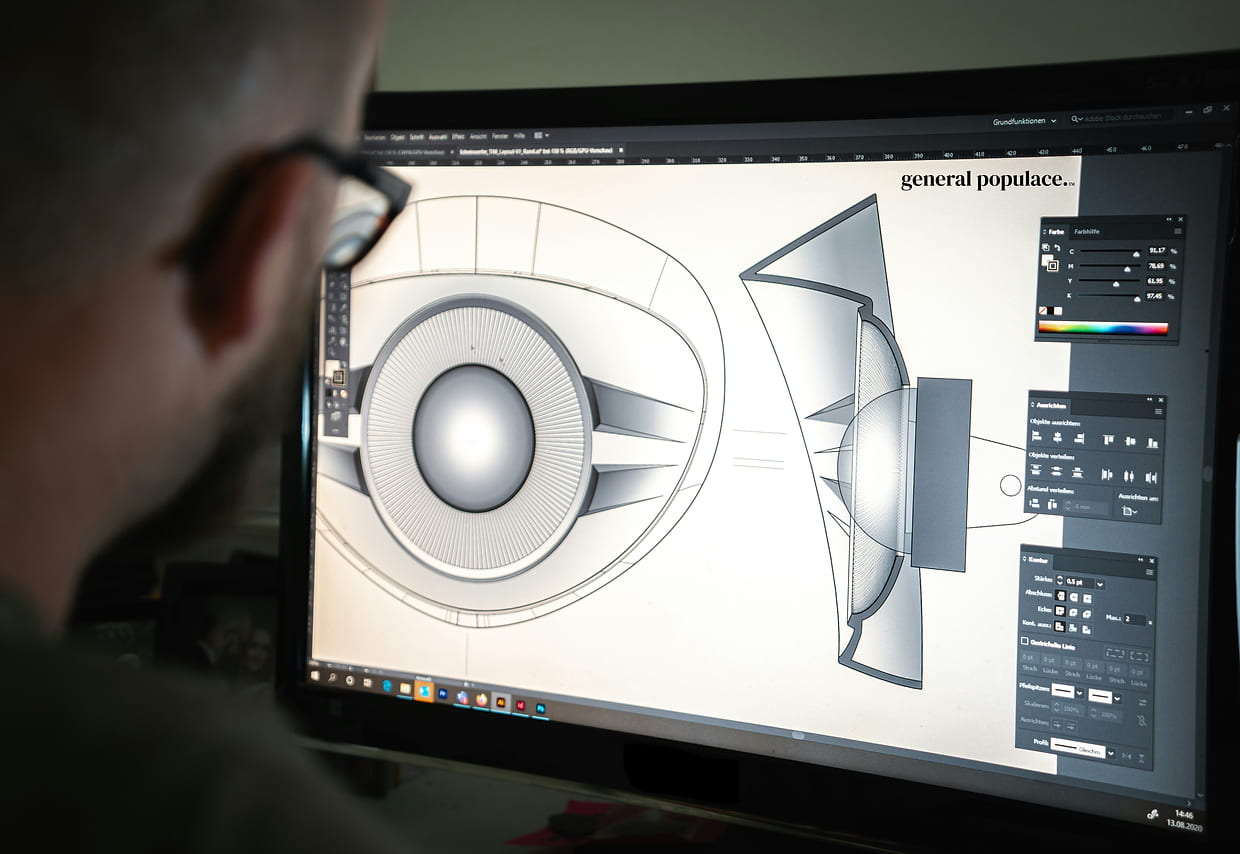In the realm of educational training equipment, the significance of good industrial design cannot be overstated. It serves as the cornerstone for creating tools and devices that facilitate effective learning experiences, enhance user engagement, and optimize educational outcomes.
So what is good product design for an educational user? According to Sebastian Gomez-Puerto from the subscription based design studio General Populace, it is important to focus on optimizing functionality, user experience, and educational efficacy. He explains further.
Product Development Optimizing Functionality
Well-designed products in educational training equipment are paramount for optimizing functionality. Equipment designed with careful consideration of ergonomic principles and user interaction dynamics ensures that learners can engage with the equipment effortlessly. Whether it’s a simulation device for medical training or an automotive fuel cell trainer, well-designed equipment minimizes cognitive load and enhances usability. This seamless interaction fosters a conducive learning environment where students can focus more on acquiring knowledge and skills rather than grappling with cumbersome interfaces and how things should function.
Product Design for the User Experience
Effective industrial design contributes significantly to the overall user experience. Educational equipment that is aesthetically pleasing, intuitive to use, and ergonomically sound creates a positive impression on learners. This positive experience not only motivates students but also cultivates a sense of confidence and competence in their abilities. For instance, specialized laboratory instruments are more likely to engage students when they are designed with user-friendly interfaces and visually appealing aesthetics.
Industrial Design for Educational Efficacy
Furthermore, good industrial design plays a pivotal role in enhancing educational efficacy. Equipment that is thoughtfully designed considers the specific needs and learning objectives of the educational context. For example, in vocational training settings, machinery and tools designed with safety features and intuitive controls ensure that students can acquire practical skills efficiently and safely.
Longevity of Well-made Products and Prototypes
Lastly, in addition to functionality and user experience, well-designed educational products also contribute to the longevity and sustainability of educational training equipment. Well-designed equipment tends to be more durable, requiring less frequent maintenance and replacement. This durability not only reduces operational costs for educational institutions but also minimizes environmental impact by extending the lifecycle of equipment and reducing electronic waste.
Takeaways:
- Good industrial design is indispensable in the development of educational training equipment due to its profound impact on functionality, user experience, and educational efficacy.

